When people think about DevOps, they often focus exclusively on the development side. However, that goes against the very purpose of DevOps, which is to eliminate the barriers between development and operations and foster true collaboration. That means you should also consider how to apply the core principles of DevOps to your infrastructure management. DevOps infrastructure management involves:
Collaboration
Automation
The top priority of DevOps management is to bring development and infrastructure teams together. You need to align both sides so everyone involved in a project has the same context and information regarding requirements, goals, KPIs, and deadlines. You also need to implement DevOps tools that will allow team members to work together simultaneously, such as automation and version control.
To facilitate the speed, collaboration, and continuous testing required for DevOps, you should identify workloads that are good candidates for automation – meaning they’re tedious, repeatable, and predictable. Infrastructure automation usually involves virtualization, software abstraction, and configuration scripts.
Shifting Left
Speed
Testing should happen early and often in the DevOps lifecycle, during provisioning, development, and deployment. This ensures that any issues are found and remediated before they cause delays, integration issues, or bugs in production. You shift left by implementing test automation and the continuous integration/continuous delivery methodology.
DevOps prioritizes fast, continuous software release cycles. DevOps infrastructure management should focus on reducing bottlenecks on the operations side while still maintaining security and quality. The previous practices – collaboration, automation, and shifting left – all help to achieve quality alongside speed
You’ll notice that these four principles build off of and contribute to each other. For example, automated testing makes it easier to shift left, which helps reduce the number of development delays caused by configuration errors, which speeds up the software release. Implementing DevOps infrastructure management practices will help you continuously improve and optimize your processes for more streamlined provisioning and deployment.
How DevOps Infrastructure Management Impacts Provisioning & Deployment
To help illustrate exactly how DevOps infrastructure management affects software releases, let’s walk through an example of a simplified software development lifecycle (SDLC) that follows these practices.
Stage 1: Planning
During the planning stage, you define the goals and requirements for your software development project. First, you identify the team members from both Dev and Ops who will work on the project. Then you ensure there are no informational silos between them. All information is shared equally, so Ops has a clear picture of the development requirements, goals, and deadlines.
Stage 2: Development
Development environments are provisioned according to the exact specifications laid out in the planning stage. The infrastructure team uses automated configuration tools to quickly spin up the required resources. Some examples of automated infrastructure configuration technologies include:
- Infrastructure as Code: Infrastructure as Code, or IaC, involves abstracting infrastructure configurations as software code – decoupling them from the underlying physical or virtual hardware. You write your IaC configurations as a series of software scripts that are executed automatically. That means you could conceivably provision many different servers at the same time with little-to-no human intervention.
- Software-Defined Networking (SDN): SDN is essentially IaC but for networking devices like routers and switches. While these appliances and workloads don’t always fall under the purview of DevOps, there often isn’t a clear delineation between infrastructure and networking teams, especially in smaller organizations. Plus, there has been a recent rise in the popularity of NetDevOps, which includes network management teams in DevOps projects and practices.
- Infrastructure Orchestration: While it’s certainly possible for smaller DevOps organizations to manage and deploy their IaC scripts by hand, this becomes exponentially more challenging as scope and complexity increase. Infrastructure orchestration tools manage and execute IaC configurations even across large, distributed infrastructures and applications. You can also find IaC orchestration tools for containerized environments and applications.
Stage 3: Testing
Calling this a separate stage is a little misleading – as explained above, testing should happen continuously throughout the SDLC. On the infrastructure side, automatic tests are run on new IaC configurations so issues are found and remediated before development even begins. Test environments are provisioned quickly (and automatically) so new code can move through the pipeline without any bottlenecks.
Stage 4: Deployment
Depending on your exact pipeline, your build, delivery, and/or production servers are again configured quickly and automatically. Infrastructure automation ensures that these configurations are consistent across all environments. This means, again, that code can automatically move through each stage without any delays.
Stage 5: Support/Feedback
Any issues with the production software or infrastructure are automatically reported – through monitoring tools, end-user feedback collection, further testing, etc. These issues are then automatically assigned to the correct resources for remediation. Team members from both development and operations collaborate to troubleshoot problems and brainstorm solutions. Faster release cycles make it easy to integrate fixes into the next batch of code and deliver updates with minimal impact on end-users.
It’s important to note that a DevOps lifecycle doesn’t stop at deployment – in fact, it doesn’t truly stop until you’re ready to decommission your software. You are continuously monitoring your application and infrastructure, receiving and acting on feedback, and optimizing processes along the way. That’s why DevOps is often represented by the infinity symbol. Your goal isn’t to implement DevOps infrastructure management best practices one time and then call it a day. Instead you strive to create an environment that supports DevOps principles and then continuously work to improve, optimize, and streamline your workflows.
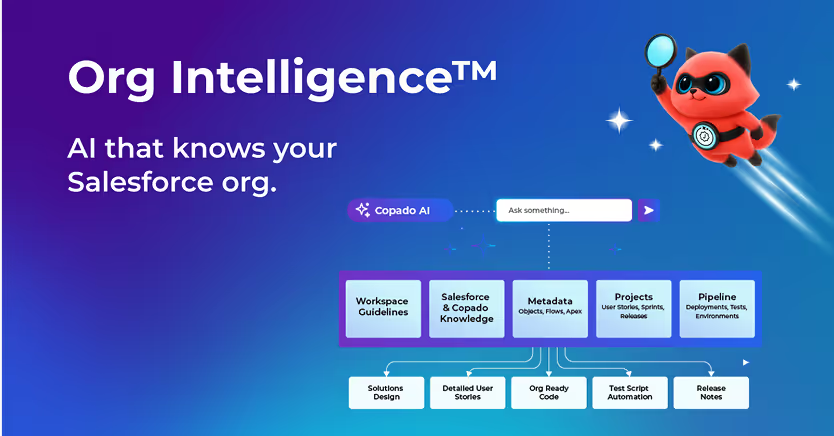











.svg)
.svg)

.png)

.svg)

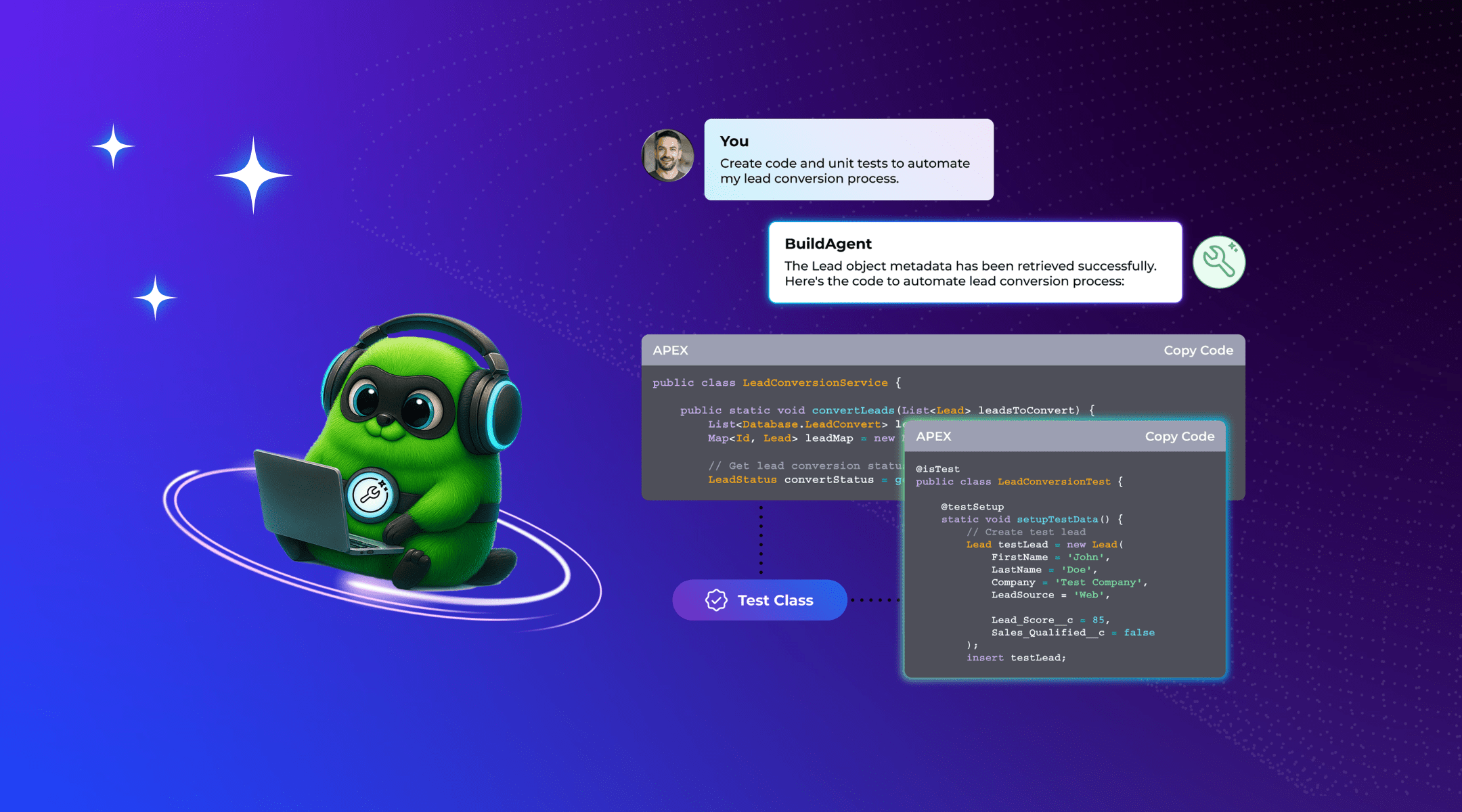


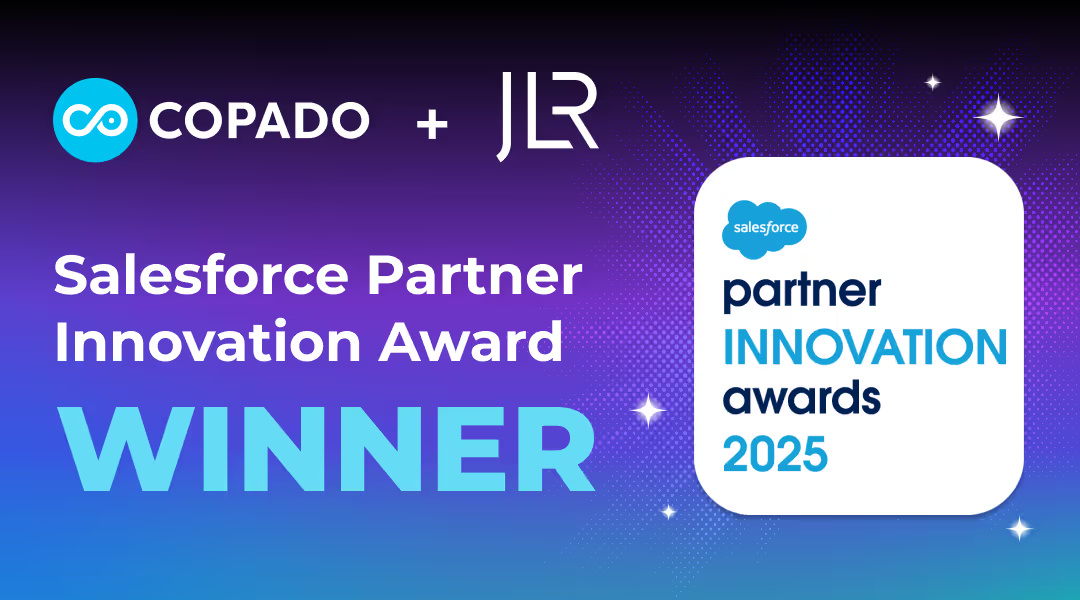



.avif)


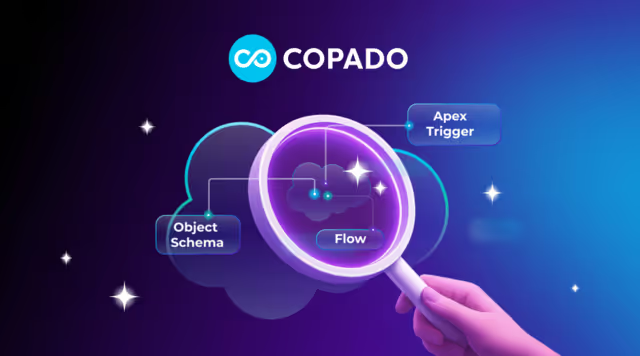
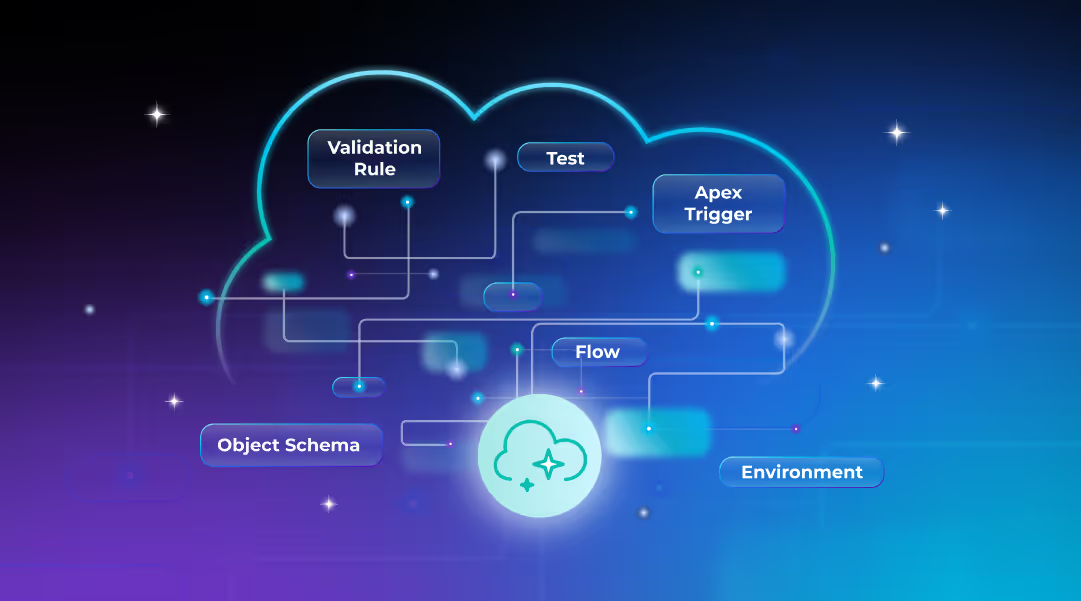









%20Data%20to%20Me_BLOG_1080x600.avif)






.avif)

































.avif)







.avif)



.avif)

























%20(1).png)
.png)
.png)

.avif)


.svg)
